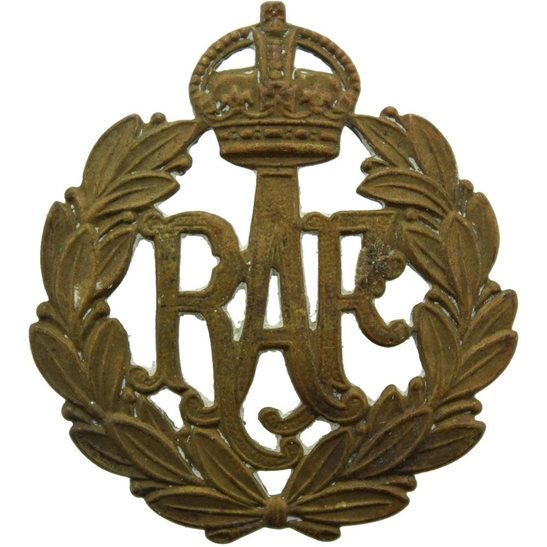Personal Details
Born: Midgley was born in Whitchurch Shropshire in 1893.
Family: He was one of eight children born to John Beech, a railway signalman, and his wife Hannah, ( nee Mann). He married Elizabeth A. Reeves in 1920. They do not appear to have had any children.
Residence: In 1901 Midgley was living with his parents at 3 Waymills, Whitchurch, Shropshire. By the time of the 1911 Census he was a boarder, living with his brother Ernest and family, at New Cottage, Wrenbury, Cheshire. On the Absent Voters List for Whitchurch in 1919 his address was stated as 1 Waymills, Whitchurch, Shropshire .The same address appears on his Air Force Service Records. However, on the WW1 Pension Ledgers and Index cards he was living at 240 New Bank Street, Longsight, Manchester, Lancashire.
Employment: In 1911 Midgley`s occupation was that of a carter working at a milk factory. By the time he was in the Royal Air Force he is described as a carpenter.
Died: In Whitchurch, Shropshire in 1939, aged 46.
Military Details
Regiment: Royal Air Force (previously The King`s (Liverpool Regiment))
Rank: Private
Service Number: 301417 (previously 19013)
Date of Enlistment: Not known
Date of Discharge: Not known
Reason for Discharge: Not known
Medals: Victory and British War Medals
Other Information: Midgley was stationed in Egypt from 6 March 1916 – 24 August 1918. He appears to have contracted malaria at some time during his military service.
Midgley had three brothers who also fought in WW1, Ernest,John and Thomas.
Midgley was awarded the Campaign Medals (Victory Medal and British War Medal).

The British War Medal (also known as 'Squeak') was a silver or bronze medal awarded to officers and men of the British and Imperial Forces who either entered a theatre of war or entered service overseas between 5th August 1914 and 11th November 1918 inclusive. This was later extended to services in Russia, Siberia and some other areas in 1919 and 1920. Approximately 6.5 million British War Medals were issued. Approximately 6.4 million of these were the silver versions of this medal. Around 110,000 of a bronze version were issued mainly to Chinese, Maltese and Indian Labour Corps. The front (obv or obverse) of the medal depicts the head of George V. The recipient's service number, rank, name and unit was impressed on the rim.
The Allied Victory Medal (also known as 'Wilfred') was issued by each of the allies. It was decided that each of the allies should each issue their own bronze victory medal with a similar design, similar equivalent wording and identical ribbon. The British medal was designed by W. McMillan. The front depicts a winged classical figure representing victory. Approximately 5.7 million victory medals were issued. Interestingly, eligibility for this medal was more restrictive and not everyone who received the British War Medal ('Squeak') also received the Victory Medal ('Wilfred'). However, in general, all recipients of 'Wilfred' also received 'Squeak' and all recipients of The 1914 Star or The 1914/1915 Star (also known as 'Pip') also received both 'Squeak' and 'Wilfred'. The recipient's service number, rank, name and unit was impressed on the rim.

